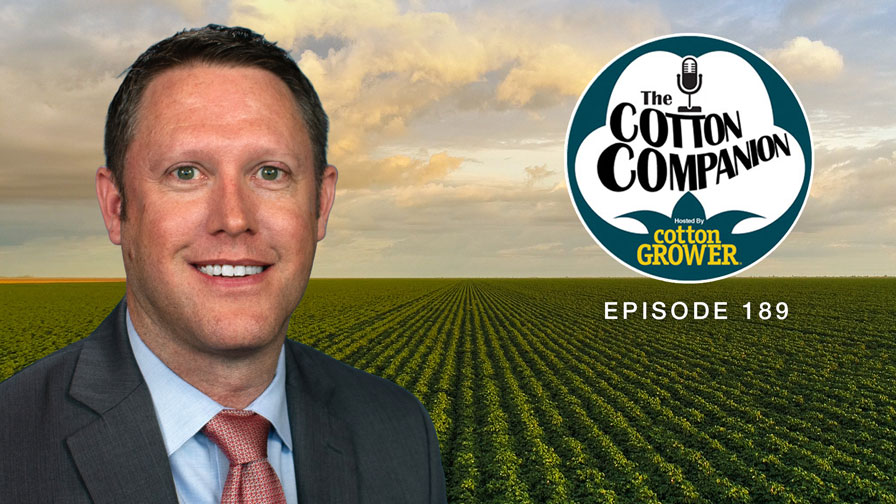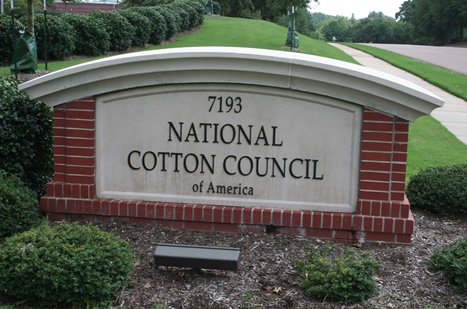Introducing the 2010 Crop Protection Handbook
In the fast-moving world of agriculture technology, it seems like there is something new to learn daily. For many, the questions are endless.
As the new era of crop protection technology begins, the 2010 Crop Protection Handbook offers an expanded format which brings these remarkable developments to the reader’s fingertips. In the past year in the cotton market, we have seen innovations in seed treatments, plant stress protection and chemigation, as well as many premixes of specially formulated active ingredients designed to meet specific situations in insect, disease and weed control. Scientists continue to discover and implement new modes of action never before imagined which help overcome resistance development and reduced risk, some of which add to the organic arsenal and to the biopesticide list.
With the Crop Protection Handbook, you can get the facts on ag topics ranging from new products that stimulate the “host defense mechanism” to the first ever insect seed treatment for brassica crops that gives four weeks of bug and worm control. Find out about the first ever product with a plant health claim on its label approved by the FDA, as well as new, elegant chemistry that controls insect selective feeding. With the 2010 Crop Protection Handbook, today’s technology can be categorized and studied much like the information in an encyclopedia.
The new Handbook format highlights new chemistry and basic shifts in technology which you must have for reference if you, yourself, do not wish to become outdated.
The new format addition properly positions precuts in today’s requirements for sustainability and has much information about environmental and use considerations. We offer an overall view from the standpoint of good science and best management practices. In our judgment, the Handbook is the only source for a balanced viewpoint on crop protection products available today.
So much of the information available on the internet is onesided or fragmented. It all comes together in the interests of best practices and good science in the Crop Protection Handbook.
And don’t forget that the Handbook has the most widely used index of trade names, common names and terms tying together thousands of references so you can quickly find names depending on the formulation for crops covered, or the country where marketed. Add to that common names, chemical group names and action group names, and you have a situation where it may take hours of research to discover a particular reference. You can rely on the Handbook to do it for you in minutes. The 2010 edition is the 96th edition, there have been 96 years of compiling names and you can be sure there is no other reference as complete as this one.
Veteran observers see a repositioning of the crop protection industry in the years to come. With world population forecast to increase 50% by the year 2050, the need for increased productivity is starkly evident. As revealed in the 2010 Handbook, we are on the verge of tremendous new developments that will grow two or four where one grew before and with greatly reduced environmental effects. It will be a race to feed and clothe a growing world, but past yield increases show how it will be done. The new Crop Protection Handbook on your desk shows your commitment to finding ways to enhance agricultural productivity.









